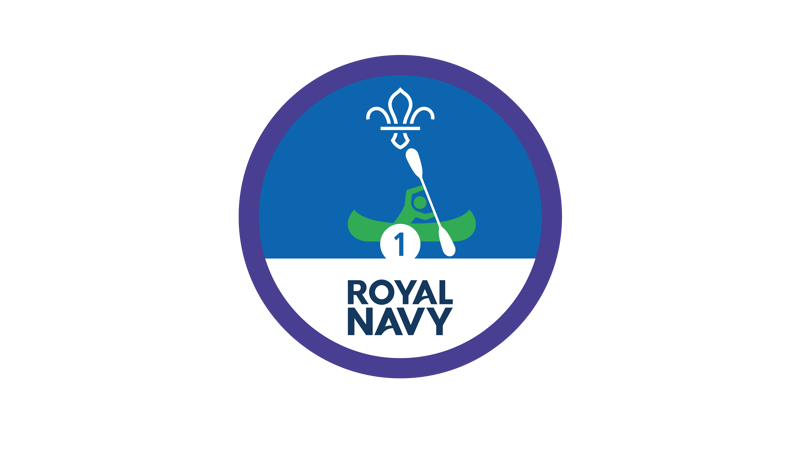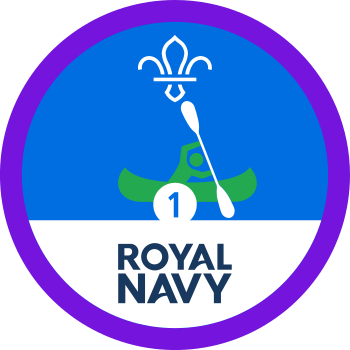
Motor cruising
What to expect
Motor cruising is an activity that involves controlling and navigating large boats along waterways or on the sea. Motor cruisers are typically over 10 metres in length or have a twin engine, and they usually have accommodation and toilets on board. On this adventure, everyone will have the opportunity to learn how to steer and navigate the boat, or simply sit, relax and enjoy the journey on the water.
What you’ll learn
Motor cruising is all about guiding the boat around on the water, whilst looking out for other boats and keeping everybody on board safe. You’ll learn how to navigate on water and even how to dock the boat in a marina or on the side of a canal. Work as a team and communicate to get that boat going to its next destination. This experience is also about having fun, feeling the cruiser bounce over the waves and discovering new places along the coast or on a waterway.
Fun facts
A common type of motor cruiser is the narrowboat. These are designed to be long and thin, so that they can navigate around the inland waterways of the United Kingdom, while still having enough space on board for living accommodation.
Handy hints
- Navigational skills. On top of the challenge of controlling the cruiser, motor cruising also requires nifty nautical navigation skills. It might be useful to work on your Sea Navigation Activity Badge before you set sail.
- Make sure your camera has a strap. Travelling on the water offers some great photo opportunities, but you need to keep your camera safe. A camera strap is the best solution.
- Swishing and swaying. Some people suffer from motion sickness when doing activities like this. Make sure you have everything with you to cope with this and have conversations with people to see how they can manage it, if they need to.
Safety
You must always:
- Complete a risk assessment
- Have the right ratios of number of adults to provide suitable supervision
- Set up an InTouch process
- Know what to do in an emergency
- Share information with parents and carers with an activity information form
- Get approval from your commissioner
Be safe outdoors:
- Check the weather forecast
Be safe in water:
Everyone should be able to swim 50 m wearing the clothing or equipment for the activity. Non-swimmers will need additional support.
Water can be dangerous - be aware of the risks.
The category of water depends on how safe the water is. Use our waterways directory to check.
Be sure to manage the group when near water, keeping everyone safe.
Make sure that all equipment is fit for purpose and in good condition:
Everyone must wear a life jacket or buoyancy aid.
The instructor must make sure boats are seaworthy.
There are regulations you must follow if you are hiring a boat.
Joint activities with other organisations:
- This activity can be run jointly with Girlguiding.
- This activity can be run with other organisations.
This activity can be led by you or someone else in Scouts:
The activity leader must have an adventurous activities permit with the right level and permissions for your group.
Where the group is entirely members over the age of 18 the permit scheme does not apply, please follow the rule 9.8 adult groups.
You can go to a centre or use an activity leader who is not part of Scouting:
You must find a suitable provider who meets the following requirements:- The centre/instructor should hold one of these:
- Royal Yachting Association - Helmsman - for inland waters
- Royal Yachting Association - Coastal Skipper - for coastal waters
The provider must have public liability insurance.
Guidance
Reflection
Motor cruising gave you the opportunity to travel along the waterways, lakes or coastline of the UK, controlling your own boat. You had to work with your group to make sure the boat was going in the right direction and to keep everyone on board happy. This adventure probably also helped you to learn about a different style of navigation. How did this differ from the navigation techniques you might use on land, and why? Think about the different rules for navigating on the water and how bodies of water come in all shapes and sizes, and how these factors changed the way you navigated.
If you’ve done other water activities, such as sailing or powerboating, what skills did you learn from these that transferred or could be transferred to help you while motor cruising? One example might be docking onto a pier or buoy, and the kind of knots you needed to use.
Motor cruising usually involves larger boats. Why not try something smaller, such as a powerboat, to get everyone’s confidence up first?
Motor cruising can often be adapted so more people can give it a go. Many centres have facilities that cater for people with additional needs and experienced instructors to help everyone achieve their goals. Get in touch with your local provider to chat through the needs of people in your group. Make sure you give them plenty of notice.
All Scout activities should be inclusive and accessible.
If anyone enjoyed this experience, encourage them to have a look at some other, similar adventures, such as powerboating or yachting. Also, point them towards the Scouts Power Coxswain Activity Badge or the Time on Water Staged Activity Badge, which could both be of interest.
There are also lots of courses around the country that teach people how to work with different types of boats. Have a look here for more information.
If anyone’s done this before, encourage them to share their knowledge beforehand with everyone. They could do a presentation or have a chat with everyone about what to expect in the activity.

